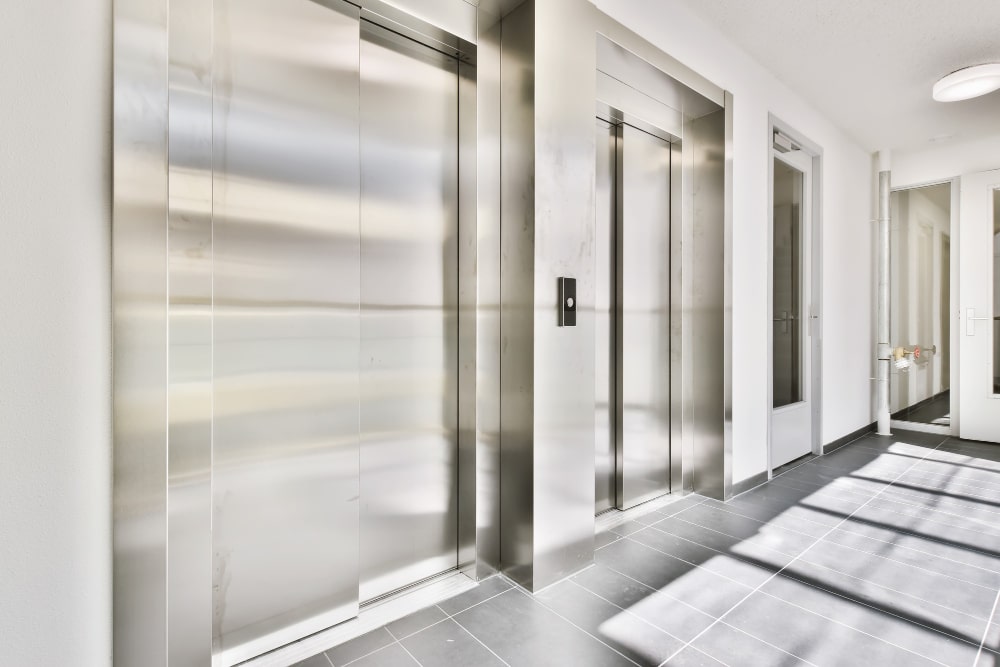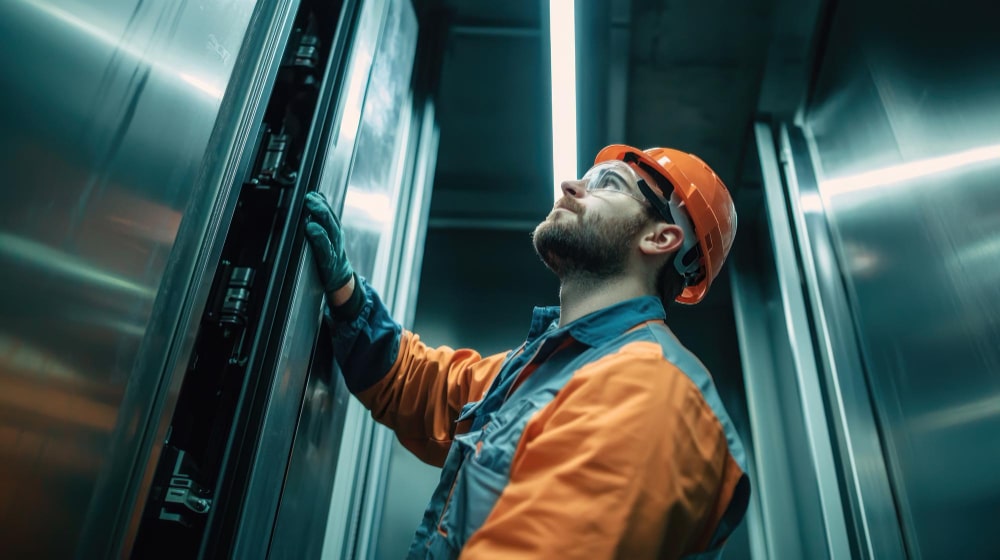
Elevator Types: Integrated Solutions for Every Building
Elevators are an integral part of modern architectural design; they are no longer just a means of transport but have become an essential element that combines functionality and aesthetics. With technological advancements, various types of elevators have emerged to suit different needs, from small residential buildings to massive skyscrapers.
1. Hydraulic Elevators
These elevators rely on a piston system that operates with hydraulic oil, supported by an electric pump. They are a cost-effective option for low-rise buildings (up to 5 floors) and don’t require much installation space. They are often used in small residential buildings and shops, providing a smooth and quiet ride. However, they can be less energy-efficient compared to other types.
2. Traction Elevators
Traction elevators are the most common type in mid and high-rise buildings. This type operates via steel ropes connected to a rotating sheave (wheel), with movement balanced by a counterweight. They are divided into two main types:
- Geared Traction: These use a geared motor to turn the sheave and are suitable for mid-rise buildings (up to 20 floors).
- Gearless Traction: These use a gearless motor, making them faster and more energy-efficient. They are the optimal choice for skyscrapers and high-rise buildings.
3. Panoramic Elevators
Panoramic elevators are used to add an aesthetic touch to a building. They feature a glass cabin that gives passengers a panoramic view of the surroundings. They are usually installed in shopping malls, luxury hotels, and large office buildings, where they serve as a visual attraction in addition to their primary function of transport.
4. Freight and Hospital Elevators
These elevators are specifically designed to transport heavy loads or special equipment.
- Freight Elevators: They are characterized by a large load capacity and a strong, shock-resistant design, making them ideal for warehouses, factories, and commercial centers.
- Hospital Elevators: They are designed to transport patients on beds and medical equipment. They are characterized by their large size, smooth movement, and precise control systems that ensure the comfort and safety of patients.
Conclusion
This wide variety of elevator types shows how each one serves a specific purpose. Before choosing the right elevator for your project, it is essential to evaluate factors such as building height, usage intensity, aesthetic requirements, and economic considerations to ensure you select the optimal solution that combines efficiency and safety.

